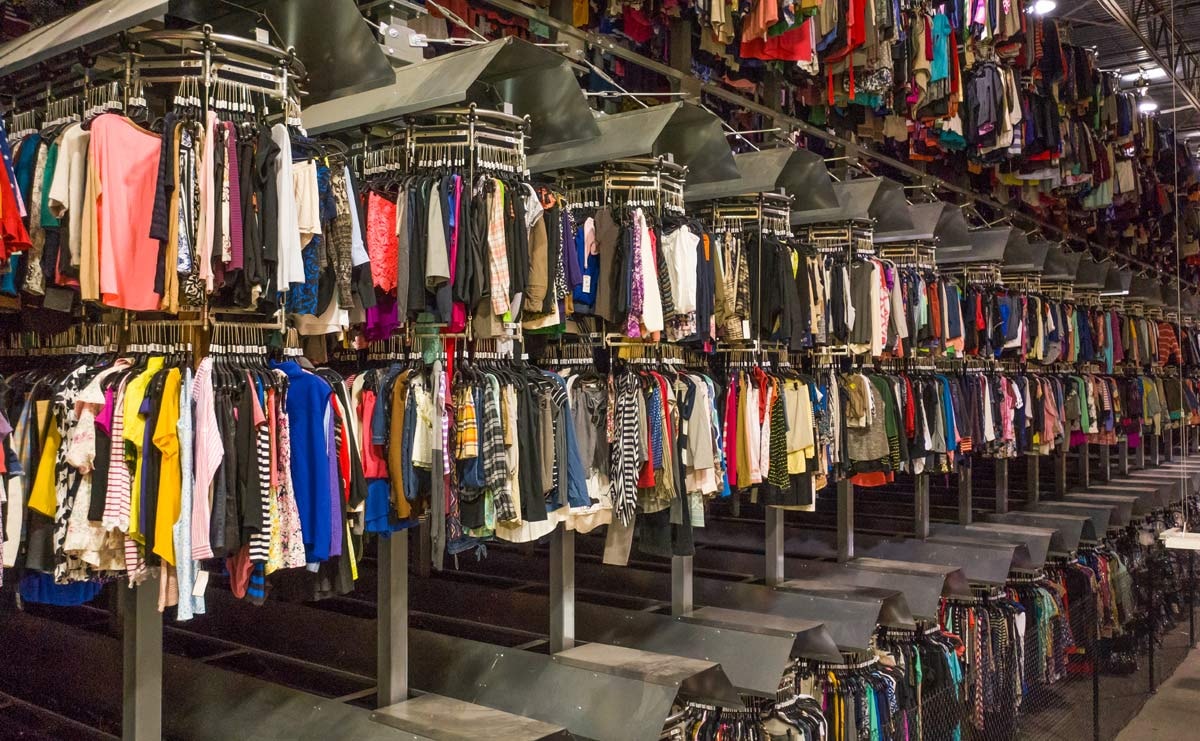Fast fashion is a catchy phrase that gets thrown around frequently but fades into the background all too quickly. “Fast fashion” is created by the rapid turnaround of trends, which causes brands to pump out clothing constantly. With cheap fabrics only lasting so long and an unending demand for new products, companies find that they make exorbitant profits by outputting new clothes at all times.
While this constant production can be fun for consumers, it is detrimental to the global community. In order to produce product as quickly and affordably as possible, companies take advantage of developing countries and their lack of workers’ rights. The fast fashion industry uses incredibly unsafe factories in countries like Cambodia, Myanmar, Bangladesh, China and Vietnam, where there are little to no laws protecting workers. These factories do not pay living wage and often employ children. There are structural issues within the facility that are never resolved, because in order to make the buildings safe, production would have to halt – and that is simply unacceptable. The hard work and dangerous work conditions cause health issues and often death for many of the underprivileged workers.
The system is not just catastrophic for humans, though. These factories use incredible amounts of energy to fuel them and are environmentally irresponsible. Their waste and emissions contribute to global warming in significant and harmful ways.
According to The Saturday Evening Post, the average American throws away around 81 pounds of clothing each year, and while 95% of textiles are recyclable, 85% of American textiles end up in landfills, most of which never get the chance to biodegrade.
Though I was aware of “fast fashion” for years, I chose to ignore the issues I knew hid behind my closet door. I had a vague and distant understanding that these atrocities were occurring, but I was afraid of the effort it would take to remove myself from the cycle. I had envisioned that cultivating a sustainable wardrobe would involve complicated recycling systems for my old clothes and replacing them with more expensive pieces.
I did not learn just how wrong I was until this summer, when I watched a documentary titled The True Cost. The film outlined the horrors of the fast fashion industry with poignant honesty and forced me to reckon with my shopping habits. After watching this documentary and doing my own research, I found the secret of sustainable shopping:
Stop shopping.
Now, when I say, “stop shopping,” I do not mean that literally. I mean, stop shopping the way you may be used to. For example, if you don’t typically find yourself in thrift stores, consider giving it a try. Their unique and often off-beat styles create an exciting opportunity for you to be bold and hone your own style with little to no financial repercussions. By shopping at thrift stores, clothing that already exists gets to live out its full life, instead of being discarded and replaced. Wearing thrifted clothing also prevents corporations from making more money off of their incessant production, though you still leave the store with new-to-you pieces.
If you are more of an online shopper, consider using apps like Depop, Poshmark or eBay for your shopping needs. Many digital resellers spend hours visiting thrift stores to curate an inventory of excellent condition, name-brand pieces so that you do not have to do the hard work. Again, these items get a new life in your wardrobe and detract from the fast-fashion industry.
Finally, you can host a clothing swap with your friends. You and a small group can agree to trade items instead of throwing them away or replacing them – a pair of jeans for a sweater, a blouse for a pair of boots.
Taking down the fast-fashion industry is daunting to say the least. It requires a new perspective on shopping and clothing and a commitment to do these things differently. Though the problem is huge and looming, one person at a time we can lessen the impact of fast-fashion on the environment and our fellow human beings.

